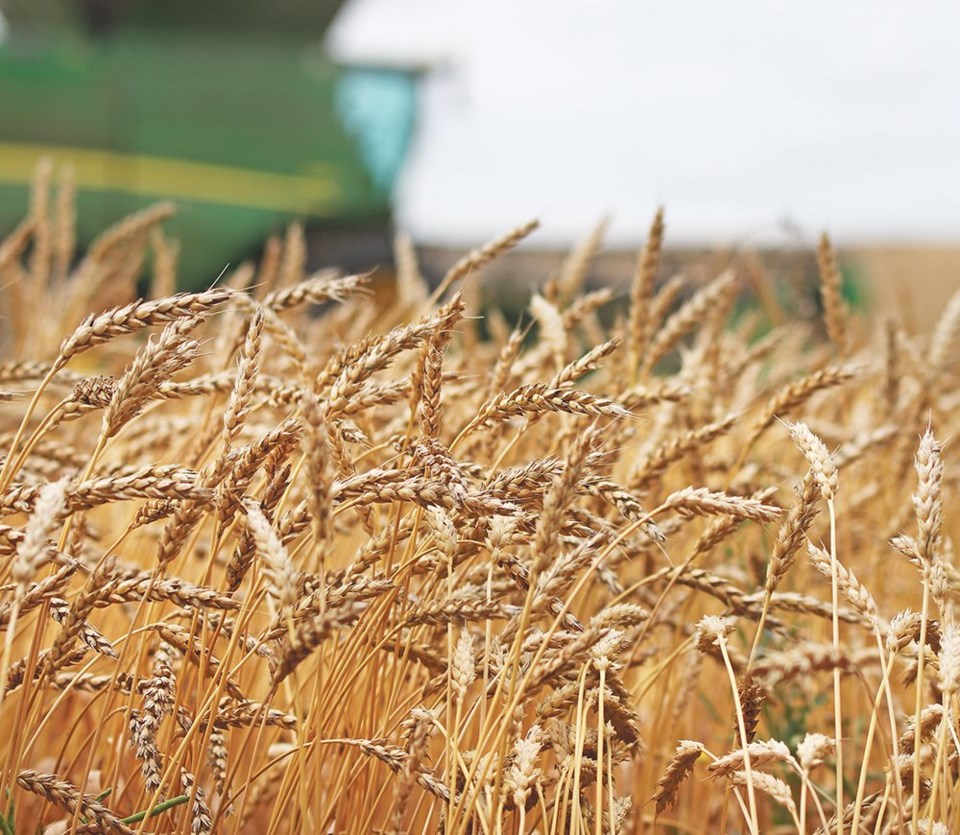WESTERN PRODUCER — Growers who are holding their breath for US$24 spring wheat futures need to exhale, says an analyst.
“Not a chance,” said Chuck Penner, owner of LeftField Commodity Research.
That is the level that futures values achieved in 2007-08 but the circumstances were far different back then.
The Canadian Wheat Board was a major player at that time and it found itself short wheat.
That is what drove the market to sky-high levels, Penner told delegates attending the Saskatchewan Crop Organizations AGMs & Market Outlook Sessions conference.
He thinks a repeat of 2007-08 is improbable.
“From a futures perspective, I would say the odds of a sharp rally aren’t great,” said Penner.
He believed a sideways to declining trend is far more likely from this point forward. Minneapolis futures values already started to tumble late last week in response to large crops out of Australia and Argentina.
“It’s going to be difficult to turn that momentum sharply higher again and more than likely we’ll start to find our footing somewhere soon and start to move sideways,” said Penner.
Strong basis levels will partially offset the slumping futures values. Basis levels on the Canadian Prairies are similar to this time last year and Penner thinks they will continue heading higher.
The next production news will be the winter wheat crops in the northern hemisphere.
Seeded acreage was unchanged in the European Union and Russia but up two percent in the United States and nine percent in Ukraine.
About two-thirds of the U.S. crop is under drought conditions but the fate of that crop won’t be known until March. Conditions are good in the other main growing regions.
Penner is forecasting a two-to-three-percent increase in Canadian spring wheat acres. The U.S. Department of Agriculture believes U.S. acres will increase 14 percent.
It is dry in North America’s spring wheat growing regions and producers may cut back on fertilizer due to high costs and strained supplies.
Durum prices exploded earlier this year and have since plateaued. Seasonal patterns show prices typically drop off after a sharp rise but that hasn’t been the case this year.
That makes him believe that buyers don’t have sufficient coverage to carry them through to next harvest.
He expects the sideways movement to last a little longer until Mexico’s harvest comes off in late April and early May, followed by North Africa in May to June and the EU in July and August.
In the meantime, Penner does not expect another sustained rally in the durum market but there could be the occasional bump before the market softens in mid-spring. Sellers should be opportunistic.
There are some warning signals that North African production could be in trouble again. It is dry in Morocco and parts of Algeria and Tunisia.
Penner is forecasting a six to seven percent increase in Canadian durum acres and an even bigger bump in the U.S.
But he warned that could be optimistic. New crop durum prices are about 110 percent higher than spring wheat prices, while old crop values are 170 percent higher.
He also noted that Canadian durum yields tend to be depressed for two consecutive years when there is a drought.
That is why Penner is penciling in a yield that is five percent below the five-year average. That will negate much of the forecasted acreage increase.
He thinks world durum supplies will likely remain tight in 2022-23.




